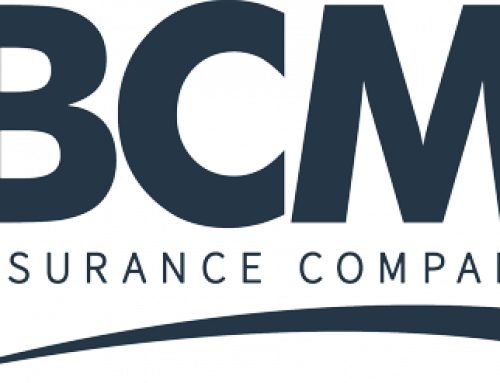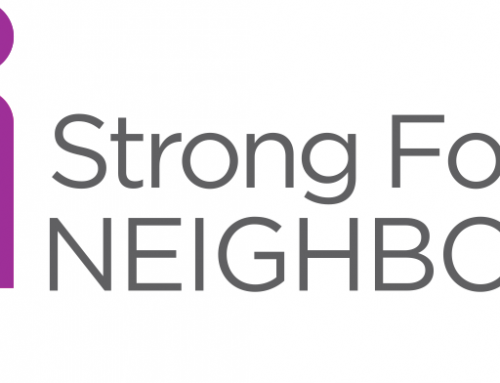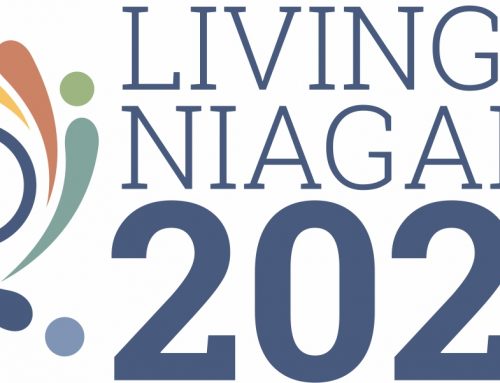The Niagara Active Transportation Summit brought together over 200 people from across Niagara on March 4 and 5, 2015. Participants explored ways to accelerate active transportation for people, businesses and community by making it easier for people to walk and cycle to where they need to go.
To broaden the conversation and stimulate community dialogue about active transportation, participants were encouraged to tweet during the event using the hashtags “#LetsGetMoving”, “#ATS2015” and “#2015ATS.” A total of Forty-five tweets were posted. In their tweets individuals and organizations, mentioned involved groups, quoted presenters, shared personal input, indicated how impressed they were by the level of cooperation witnessed and demonstrated excitement and interest towards active transportation. One participant posted, “Active Transportation = Active Living = Active Communities = Makes Sense”.
Most of the tweets referred to presentations made by Hamilton Councillor Matthew Green and Ron Clarke from Parsons Inc. Ottawa. Terms such as “sticky streets” and “complete streets” were cited often in the comments. Viewing streets as sticky and judging the streets based on their ability to attract and retain pedestrians has implications for both people and local businesses. Sticky streets offer choice and opportunities for all within a community. Councillor Green noted “we’ll get there faster if we all move together,” emphasizing the opportunity that is found within all communities, even those that are perceived as underdeveloped. Learning about how active transportation can support business and the economy was a clear area of interest from Twitter users.
Tweets that mention complete streets refer to the presentation by Ron Clarke on the Ottawa example, citing that complete streets move “people safely, comfortably and efficiently through communities within healthy public spaces”. The tweets indicated that participants liked the idea of incorporating better or more pedestrian and bicycle friendly designs into existing infrastructure. Combining health, public space and alternative modes of transportation was something that appealed to those present that shared their thoughts on Twitter.
Comments that referred to other moments of the summit are few, yet relevant to potential directions for future collaboration. These included ideas that were raised during the table discussions such as the involvement of school boards or ways to facilitate gaps in the existing infrastructure. These ideas illustrate participants’ level of involvement in the process of accelerating active transportation in Niagara.
The three collective directions prioritized at the Summit by the participants are as follows:
- Create consistent way finding signage
- Engage school communities
- Develop more complete streets
Overall, tweets posted during the event demonstrated that guests learned about ways in which active transportation supports the local economy, were inspired by stories, and identified potential directions for future collaboration.
Summit participants will receive updates about next steps, including meetings to discuss the three collective directions. These updates will also be posted on www.healthylivingniagara.com. If you wish to receive updates by email send your name to hln@niagararegion.ca and we will add you to our e-list.
Lisa Gallant
Coordinator, Healthy Living Niagara
Karine Whittingham
Cycling Tourism Coordinator, Venture Niagara
Alexandru Raileanu
Student, Brock University








